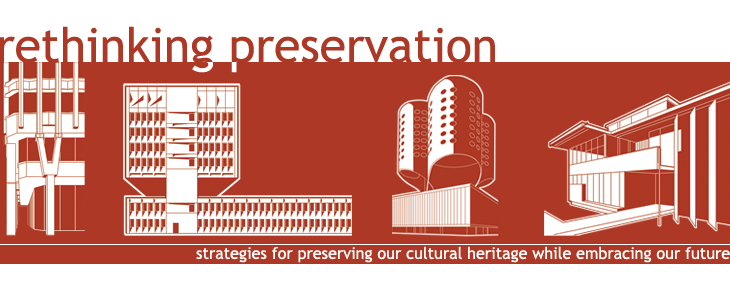It has been called a “flying-saucer,” a “fish bowl,” a “fat man in a skinny man’s shorts,” and even the “ugliest building in the city.”
When the design was first revealed to the public the contemporary addition was scrutinized for its radical departure from the original stadium, which was designed in the classical style. The architects of the addition dramatically deviated from the design of the original building, probably to call attention to what is new and what is historic. This approach was too radical for some. In 2005, Soldier Field lost its historical designation because The U.S. Department of the Interior decided that the addition “destroyed the historic character” of the original stadium. It is not totally surprising that an organization designed to protect the past would promote policies that are too rusty to accommodate the demands of the day. What is surprising is that the evaluation system for determining buildings’ historical quality is contrary to their cause. Isn’t it more preservation-minded to preserve and reuse a portion of the building than discard the entire thing, which may have been the likely alternative?
In the Soldier Field scenario, the historical status was revoked because too many historic features were “obliterated” to make way for the addition. The critics were disappointed with an ultra modern intervention to a classical structure. This critique is flawed because in this case the stadium’s historical merit is evaluated based solely on its physical attributes. Does a building really lose its historical significance after it’s been physically modified? The events still occurred there. The building still has a story, even if it sits dormant or in ruins, such as the Parthenon. Recognized by probably everyone and widely accepted as an architectural masterpiece, the Parthenon has endured innumerable transformations over the course of its life, as a result of design modifications, bombs, fire, vandalism, and looting. The building has been used by various cultures as a temple, a church, a mosque, and now sits in ruins as a relic. Even with its various transformations, the Parthenon is still the cultural icon that it was during its heyday. Why should Soldier Field be considered any differently than the Parthenon? If we can disregard the superficial arguments regarding the aesthetic deficiencies of the addition, we could accept the new building as another chapter in the stadium’s history, one that is contributing to its perpetual transformation.
In the eyes of the preservationists, it appears to be more alluring for a building to have a “historical” tag than to have reuse potential. Traditional preservation strategies promote a nostalgic approach that glorifies buildings as though they are museum artifacts. An alternative approach would be to ensure that a building remains relevant, whatever style, so that it holds functional and aesthetic merit for future generations. Preservation in this sense would be characterized by transformation and adaptation as opposed to retention and isolation.







3 comments:
very nice. wish there was a time
It really a useful idea.I will have a tiral of this idea as soon as possible as have already frustrated by them for a long time.Thank you very much for your continously post
of effective tips.
I love your blog, you should add an RSS feed feature so I can get automatic notifications of new blogs. If you set one up please email me! I will bookmark you for now. Again Excellent Blog!Houston Home Security
Post a Comment